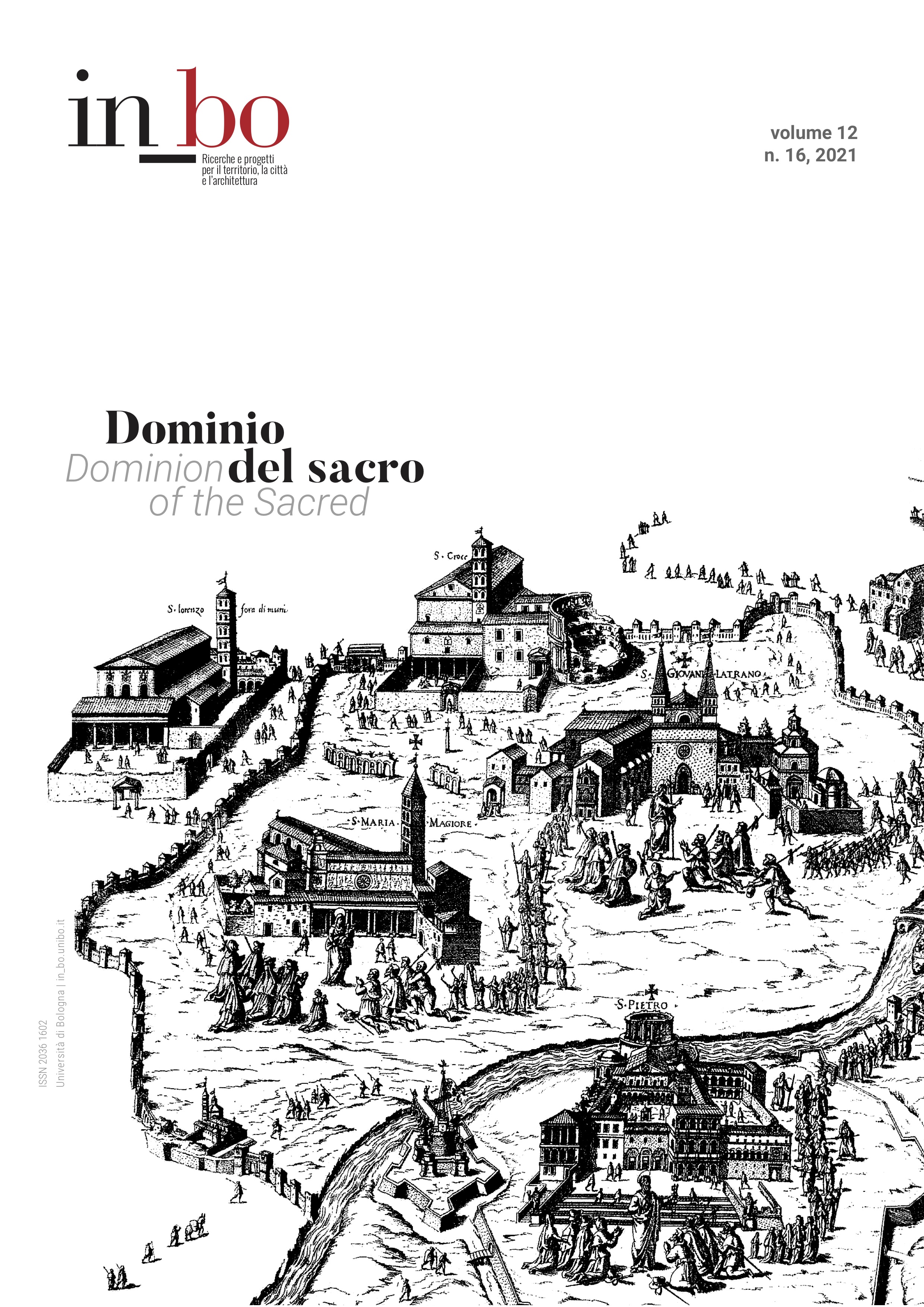Images of the Sacro Monte of Varallo: Self-representation and Territorial Control (1606-1640)
DOI:
https://doi.org/10.6092/issn.2036-1602/13003Keywords:
Sacro Monte, Hendrick van Schoel, Benedetto Cinquanta, Giovanni Paolo Bianchi, CoriolanoAbstract
The article examines three engravings, depicting the Sacro Monte (Holy Mountain) at Varallo, one of the main sanctuaries of Northern Italy in the early Modern Age. Between 1606 and 1640, when the engravings were made, the Sacro Monte was the scene of continuous quarrels between the local patricians, also known as “vicini”, and the community of Franciscan friars, responsible for the religious life on the Sacro Monte. Both the “vicini” and the friars strived to control the Sacro Monte, because of its strategic position on the Western Alps, at the furthest edges of the Duchy of Milan, bordering the Duchy of Savoy and the Swiss Cantons. This article discusses three different images of the Sacro Monte in the context of these heated conflicts. As argued, the engravings were conceived as powerful means of propaganda and claim and, although ephemeral, they show the attempt to take over a religious monument and its surrounding territory, through the communicative power of images.
Downloads
Published
How to Cite
Issue
Section
License
Copyright (c) 2021 Lorenzo Fecchio

This work is licensed under a Creative Commons Attribution-NonCommercial 3.0 Unported License.





